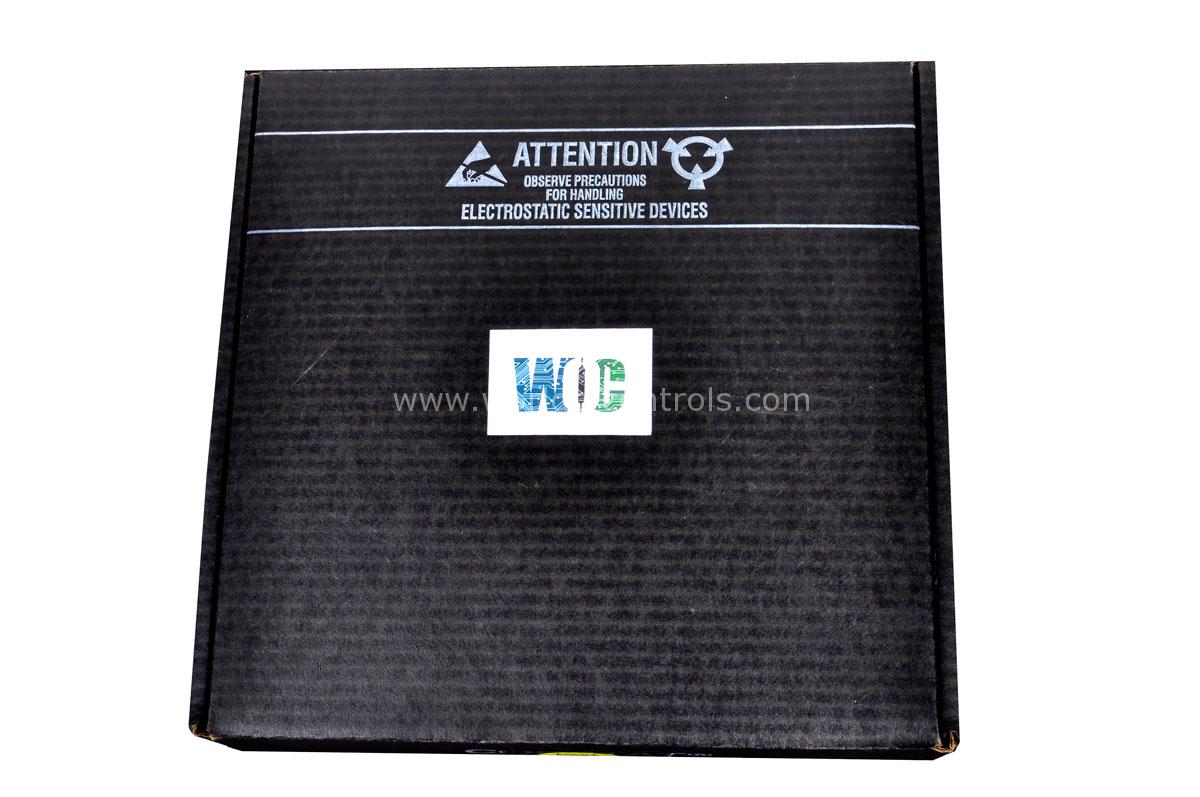SPECIFICATIONS
Part Number: 5462-718
Manufacturer: Woodward
Product type: Speed Sensor Board
Repair: 3-7 Day
Availability: In Stock
Country of Manufacture: United States (USA)
Functional Description
5462-718 is a Speed Sensor Board developed by Woodward. The Speed Sensor Board incorporates sophisticated signal processing circuitry, which amplifies, filters, and processes the speed signals received from the sensors. This ensures precise and stable speed measurements, even in challenging operating conditions. The Module Sensor is an component designed to process signals from various sensors. Its main function is to regulate the speed of systems or machinery. The module includes a built-in LED indicator, which offers a visual way to understand the system's operational status. This LED indicator uses different lighting patterns to convey important information about how the system is performing. Overall, this module enhances control and efficiency by accurately interpreting sensor data and maintaining a consistent speed.
Features
- It is not advised to use gears mounted on an auxiliary shaft coupled to the rotor to sense speed. Auxiliary shafts turn slower than the rotor, reducing speed sensing resolution, and have coupling gear backlash, resulting in less-than-optimal speed control. It is also not recommended for safety reasons that the speed sensing device sense speed from a gear coupled to a mechanical drive side of a system's rotor coupling.
- Speed Sensor Input Faults - To detect input faults, the application software may set a high and low latch setpoint. The low latch setpoint must be greater than half the frequency range.
- The MPU and proximity probe inputs are read, and the application program is given the speed. If desired, the application software provides a derivative output. The Analog Combo module filters the speed sensor inputs, and the filter time constant is selectable via the application software program at 8 milliseconds or 16 milliseconds.
- Central to its functionality is the ability to interface with a range of sensors, the module processes incoming signals with exceptional accuracy. However, the module's capabilities extend far beyond signal processing. One of its primary roles is to regulate the speed of connected systems or machinery. This aspect is particularly crucial in maintaining consistent performance and preventing fluctuations that could impact operational efficiency.
- A distinctive feature of the module is its integrated LED indicator. This LED indicator serves as an intuitive visual tool, providing valuable insights into the status of the system. Through carefully designed lighting patterns, the LED indicator conveys essential information about the operational state of the connected system. This real-time feedback empowers operators and technicians to swiftly assess the system's condition and make informed decisions.
- When integrated into larger setups, the PC Board Module Sensor offers a remarkable degree of control and optimization. By effectively processing signals from sensors and ensuring stable speed control, the module enhances the overall performance and reliability of interconnected systems. The LED indicator serves as a tangible manifestation of the module's commitment to seamless communication, presenting complex system data in a simplified visual form.
Speed Sensor Inputs MPUs
- Cable Shielding and Grounding: The foundation of dependable signal transmission lies in the shielding of the cable. Ensure that the cable is properly shielded, providing a safeguard against external interference. Equally crucial is the proper grounding of this shield. A secure grounding connection fortifies the shield's effectiveness in shielding the signals from extraneous disturbances.
- Input Voltage Measurement: On the terminal block, it is imperative to measure the input voltage. The ideal voltage range falls within 1 to 25 VRMS. This measurement not only confirms the health of the electrical connections but also sets the stage for accurate data processing downstream.
- Signal Waveform Analysis: Scrutinize the signal waveform with precision. A critical attribute to ascertain is the absence of double zero crossings. This absence ensures that the signal is consistent and devoid of anomalies that could lead to erroneous measurements.
- Ground Connection and 60 Hz Signal: A careful examination should confirm the absence of any ground connections that could taint the signal integrity. Additionally, verify that the resulting 60 Hz signal, often indicative of a grounding issue, is not present. This elimination of unwanted frequencies contributes to the purity of the data.
- Frequency Calculation: Calculate the frequency of the signal. The target range lies between 100 Hz and 25 kHz. This calculation not only confirms the accuracy of the signal but also aligns with the expected operational parameters.
- Kernel Inputs Examination: Delve into the individual inputs of each kernel. With the terminal block jumpers in place, both A and B should read an input, and C should reflect the same input as well. The numerical data extracted from these inputs should be incorporated into the application software. If the jumpers are not installed, the numbers will differ for kernel C, and they should display a remarkable consistency, ideally within 0.1% of each other. This synchronization underscores the harmony between the various kernel inputs.
World of Controls has the most comprehensive selection of GE and Woodward components. Our professionals are available to help you with your requirements at any time. If you require any additional information, please contact WOC immediately.
Frequently Asked Questions
What is 5462-718?
It is Speed Sensor Board developed by Woodward.
Why is it not recommended to sense speed from a gear coupled to the mechanical drive side of a rotor coupling?
Sensing speed from a gear coupled to the mechanical drive side of a rotor coupling is not recommended for safety reasons. It is important to avoid sensing speed from this location to prevent any potential hazards or risks associated with the mechanical drive side of the system.
How are speed sensor input faults detected?
To detect input faults, the application software can utilize high and low latch setpoints. The low latch setpoint must be set greater than half the frequency range to accurately identify any input faults.
